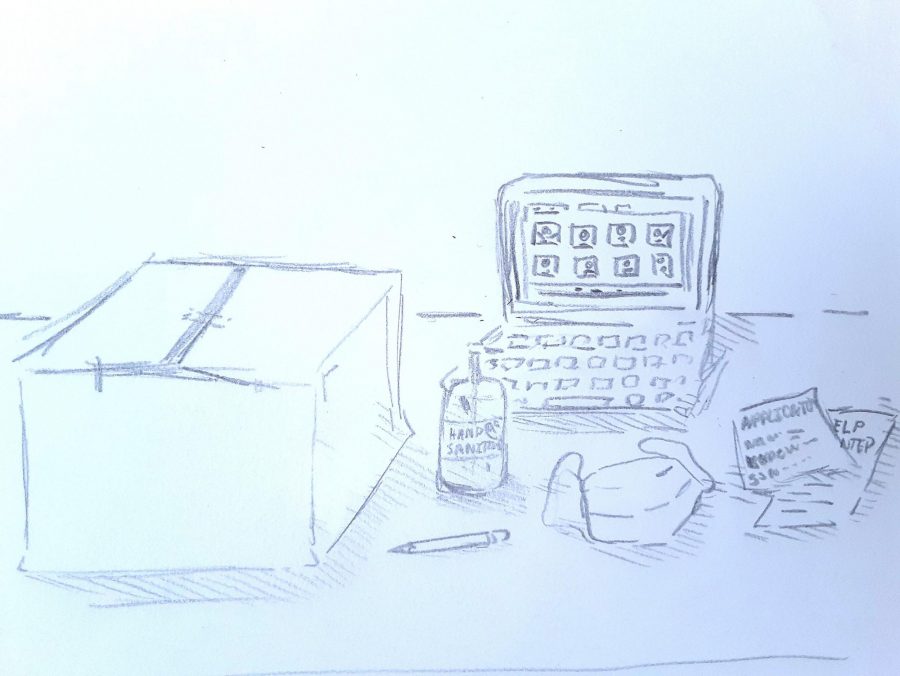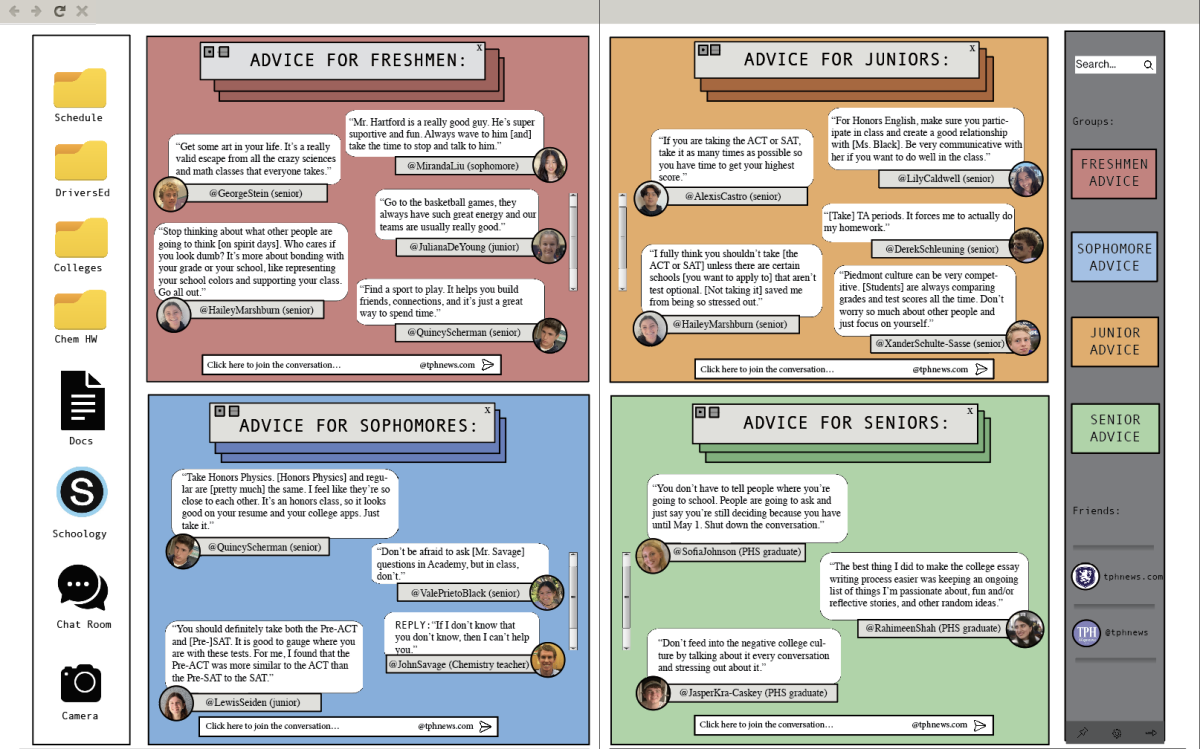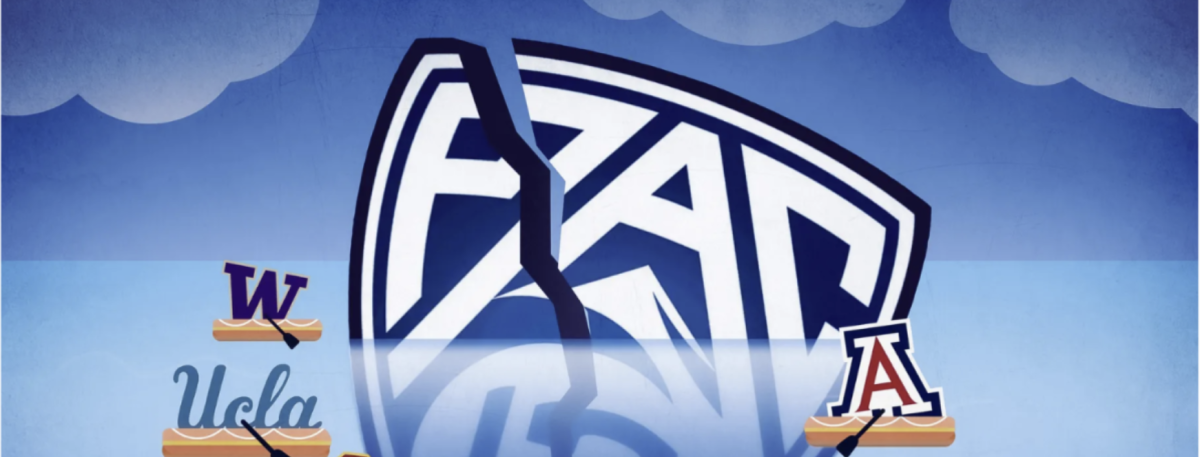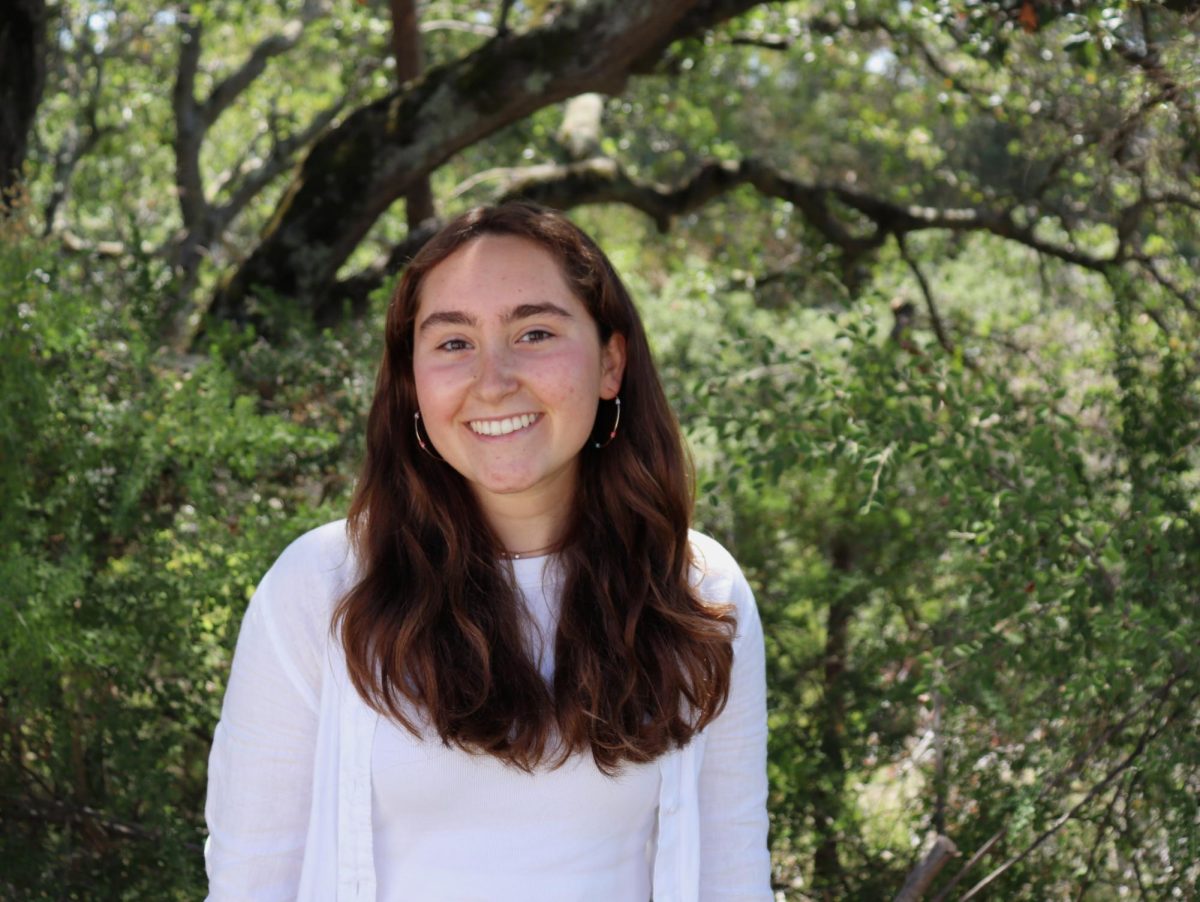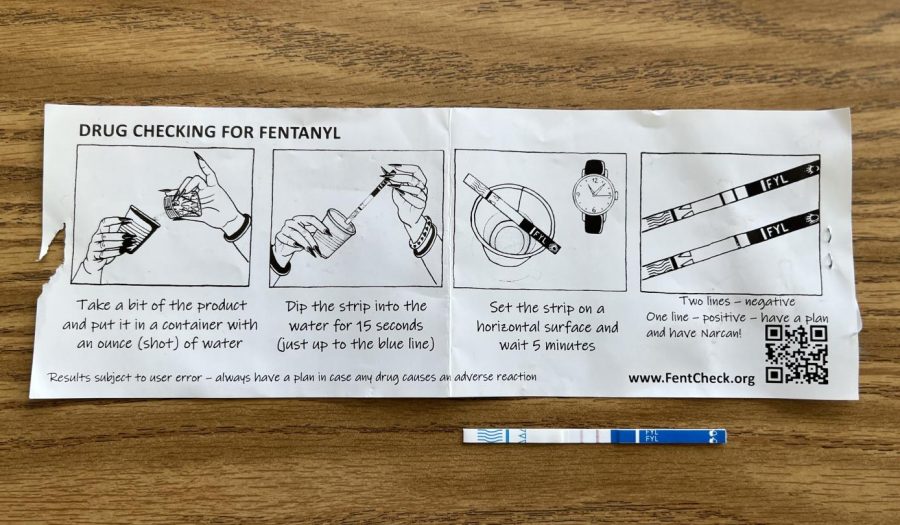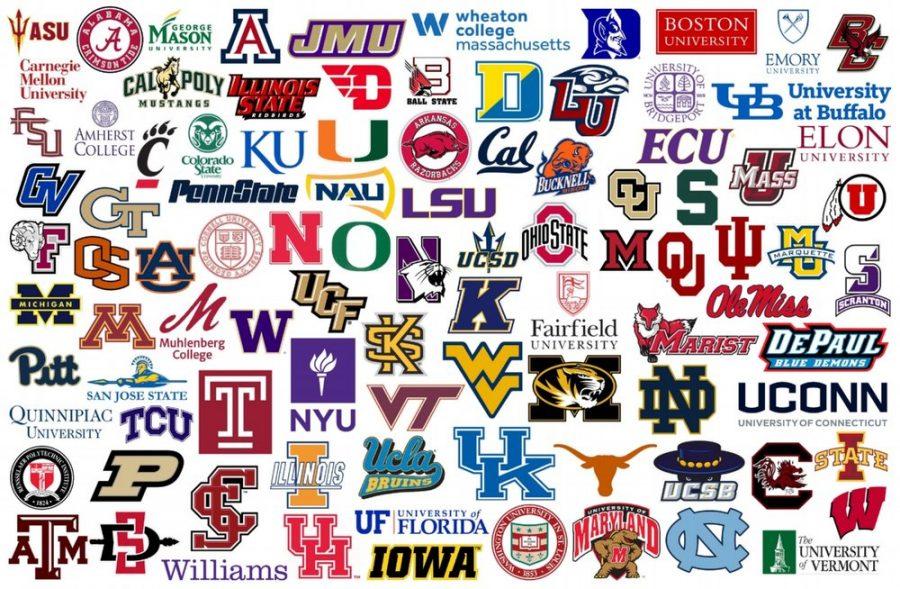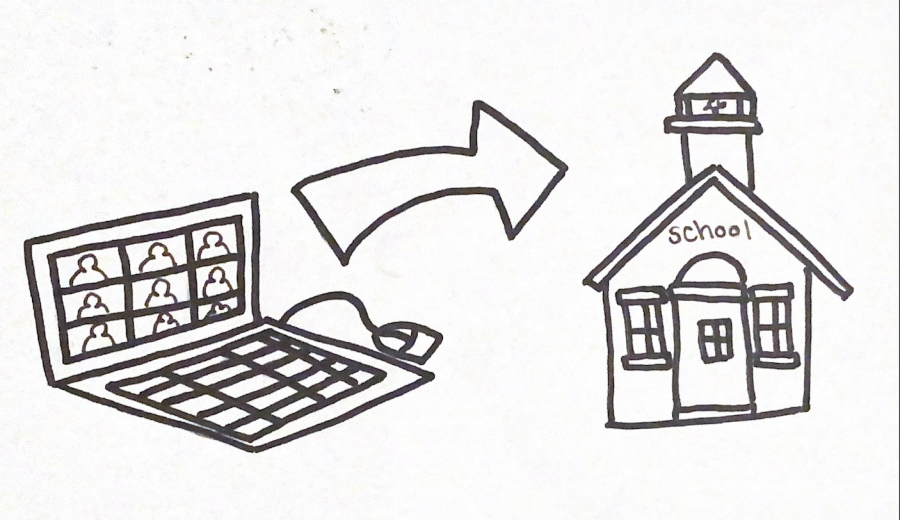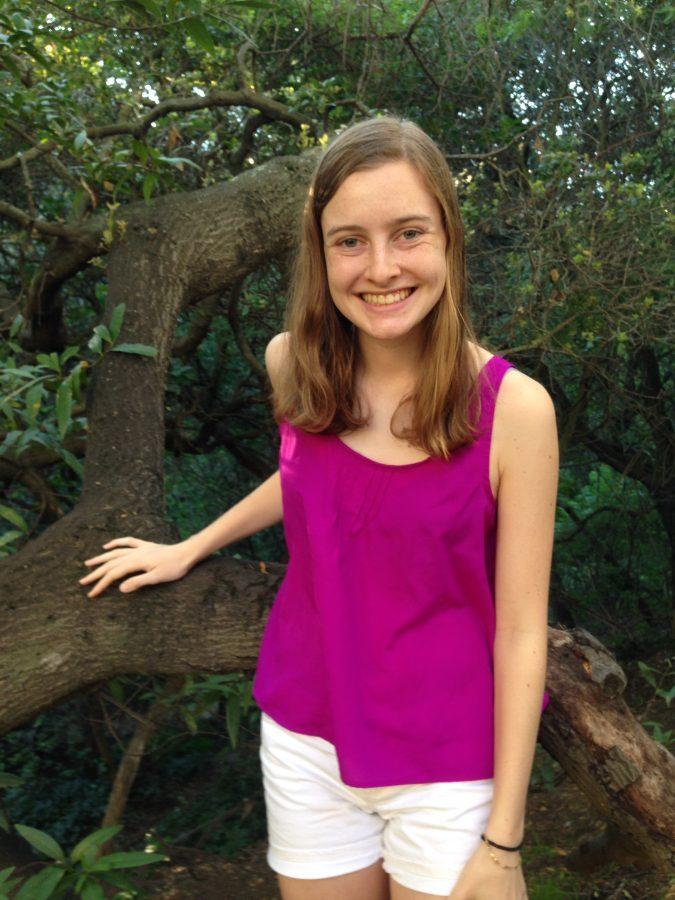As new discoveries are made, the way science is taught moves forward. The Next Generation Science Standards (NGSS) were adopted by California last year to ensure schools teach in a conceptual way and cover required materials. The standards were released in April last year through a collaboration between the National Research Center, the National Science Teacher Association, the American Association for the Advancement of Science, and Achieve.
The standards are mainly focused on student performance expectations, according to the NGSS website. They set a guideline, rather than a curriculum, for an entire school district on how to plan its science teaching. Instead of learning material straight from a textbook, the standards push for a constant improvement of understanding where students build upon what they have learned from previous years.
When the science teachers started looking at the standards, they really liked it, physics teacher Glen Melnik said.
“It’s not just getting the answers, not just recalling the facts,” Melnik said. “Rather, the standards are geared towards enhancing thinking and problem solving.”
The standards seek to bring innovation into science and get students to make things, Melnik said.
“Instead of the traditional ‘writing a hypotheses, doing a procedure and measuring data’ in a lab, the standards push for students creating their own labs to tackle questions,” Melnik said.
The standards are broken down into eight science teaching practices that all teachers should follow, which will reinforce the standards’ goals in the classroom, Melnik said.
“This is what has always been happening, but these standards are giving teachers a push in a more deliberate form,” Melnik said. “All in all, the implementation will take three to four years to get it rolling.”
Chemistry teacher Tom Huffaker said that the new standards are mainly pertaining towards how teachers are supposed to cover the material.
“Most of the change is in teacher methodology,” Huffaker said. “In chemistry, we already cover most of the content in terms of material.”
Biology teacher Shelley Seto-Rosen similarly sees the standards as a way to focus on certain aspects of material, while tossing out less important content not encompassed within the standards.
“In biology, we cover most of the stuff already, but it helps reinforce what’s being taught,” Seto-Rosen said. “More math and process-related aspects of science will be more important.”













